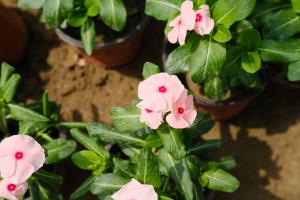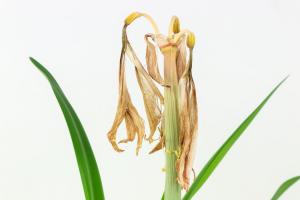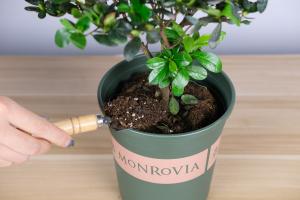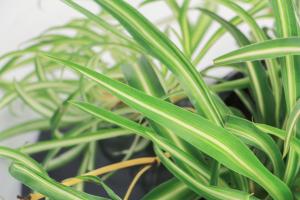A Good Soilless Mix for a Potted Snake Plant Indoors
If you want to grow a snake plant indoors, the soil that you choose plays a critical role in its overall health and growth. A good soilless mix can provide better drainage, prevent soil compaction, and prevent root rot. In this article, we will discuss the qualities of a good soilless mix for a potted snake plant indoors and how to make one.
Qualities of a Good Soilless Mix for a Potted Snake Plant Indoors
A good soilless mix for a potted snake plant indoors should have the following qualities:
Excellent drainage: Snake plants require good drainage, so a well-draining soilless mix is essential.
Air porosity: A good soilless mix for a snake plant should have plenty of air pockets to ensure that roots have access to oxygen.
Water retention: Snake plants prefer to be kept moderately moist, so the soilless mix must retain enough water to prevent drying out.
Nutrient availability: Although snake plants do not require a lot of nutrients, they still need some. A soilless mix that contains some organic matter can provide the necessary nutrients for healthy growth.
Free from pests and pathogens: Soilless mixes that are free from pests and diseases can prevent the spread of infections to the plant.
A well-balanced soilless mix should have the right combination of these qualities to provide an ideal growing environment for your snake plant.
How to Make a Good Soilless Mix for a Potted Snake Plant Indoors
Here is a recipe to make a good soilless mix for a potted snake plant indoors:
1 part perlite: Perlite is a lightweight, porous material that helps with drainage, aeration, and water retention.
1 part coarse sand: Coarse sand helps with drainage and air circulation, while retaining some moisture.
1 part peat moss: Peat moss is a natural organic material that helps retain moisture and provides some nutrients for the plant.
To make the soilless mix, simply mix the ingredients together thoroughly in a container. Avoid inhaling the dust from the peat moss, which can be harmful to lungs. Wear a dust mask if necessary. Once the mix is ready, fill your pot with the mixture and plant your snake plant according to its size and needs.
Tips for Growing a Snake Plant Indoors
Here are some tips to help your indoor snake plant thrive:
Place the plant in bright, indirect sunlight, but avoid direct sunlight.
Water the plant only when the soil feels dry to the touch.
Avoid overwatering, which can lead to root rot.
Fertilize the plant only once or twice a year during its growing season.
Keep the plant away from cold drafts or extreme temperatures.
Trim off any dead or yellow leaves to promote new growth.
With proper care and a good soilless mix, your indoor snake plant can be a beautiful and healthy addition to your home or office. Happy planting!

 how many times do yo...
how many times do yo... how many planted tre...
how many planted tre... how many pine trees ...
how many pine trees ... how many pecan trees...
how many pecan trees... how many plants comp...
how many plants comp... how many plants can ...
how many plants can ... how many plants and ...
how many plants and ... how many pepper plan...
how many pepper plan...
































